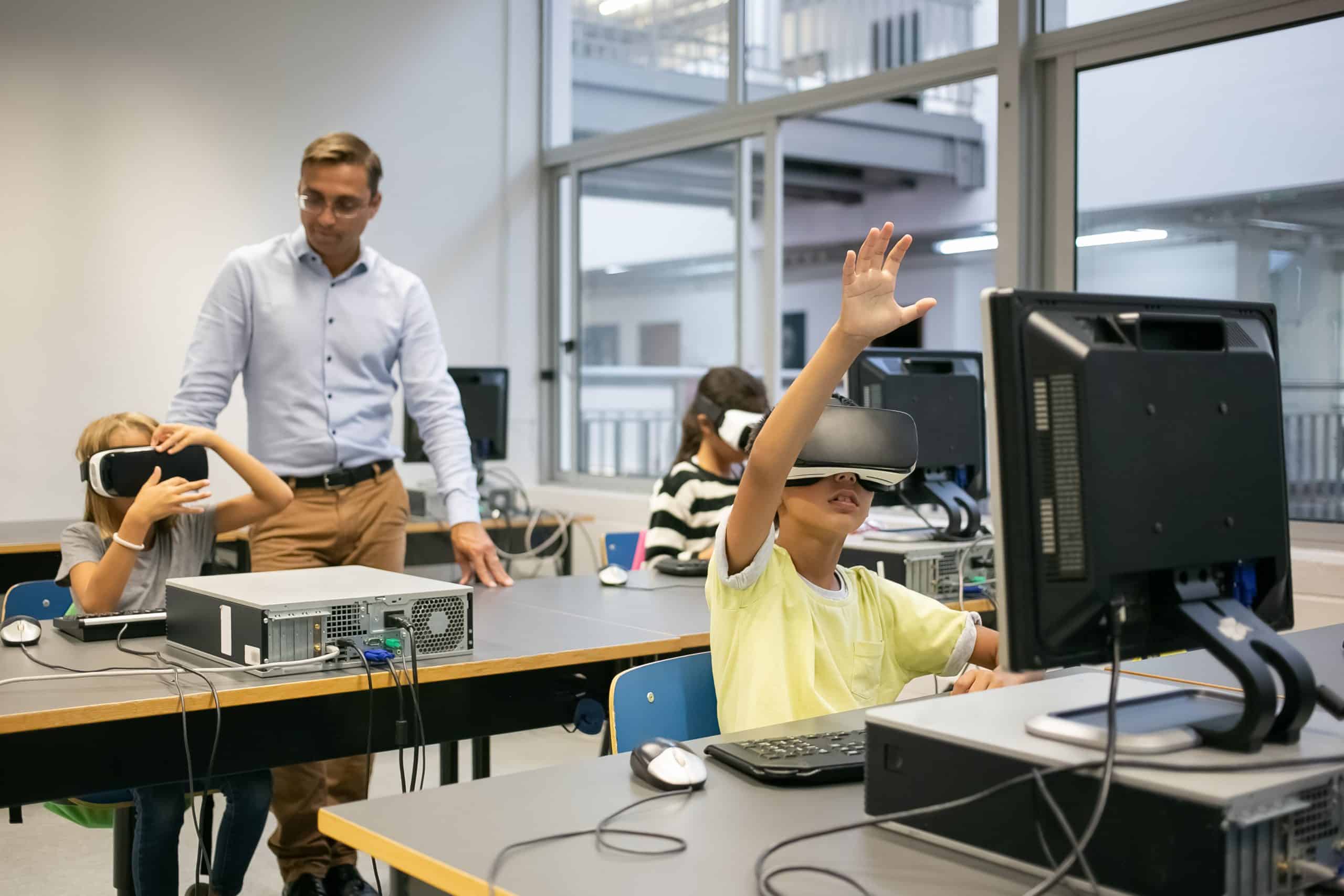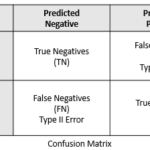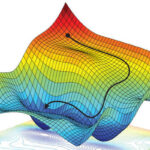
Introduction
Education has been part of humans for generations and it will remain so. To produce future professionals and reliable citizens, education is fundamental. It is generally the standardized way of transferring knowledge from an educator to a learner. Throughout the years, the obvious medium of transferring knowledge has been face-to-face interaction.
This medium basically requires an educator and the learners to converge in a room or a specific place. Instruction is normally verbal and commonly with the help of textbooks or visual aids like charts. However, due to advancements in technology the education field is currently being sieved.
Today, educators can teach from anywhere and learners can study from anywhere and at any time. There is also a range of instructional resources being leveraged such as books, ebooks, computers, and educational apps among others that can be used to enhance learning. As that isn’t enough, the present century is witnessing different technologies like AI (artificial intelligence) and VR (virtual reality) conquer the education realm.
In this blog, we’ll look at the impact of VR and how it is reshaping the education sector globally.
Table of contents
Also Read: 7 Trends of AR/VR for 2022
VR Tech or Virtual Reality
Virtual reality is a top-notch technology that ushers users into a digital world. VR users leverage special equipment such as goggles, headsets, software, or apps to enter the digital realm. In that new environment, users can interact with objects, and feel and experience things as though in the real world or physically in that place.
The technology can take a user to any part of the world and even to places that are dangerous to visit in the real sense. The advent of VR in education is cultivating many possibilities for learners and educators. Many education institutions and training centers across sectors leverage VR technology for different purposes.
According to ReportLinker, the global virtual reality market in education is expected to reach $32.94 billion in 2026 at a compound annual growth rate of 39.7%. The major drivers of the VR market in education are hardware and software. The hardware comprises devices used to project VR content for example the projectors and VR headsets. Now let’s look at the several ways VR technology is reshaping the education landscape!
Also Read: China is using AI in classrooms.
5 Ways VR Tech is Reshaping Education Worldwide
It should be noted that we are just in the inception of VR technology in the education realm, yet it’s already doing wonders. Precisely, some of the major ways through which virtual reality is changing the education sector include the following;
Immersive Learning Experiences
VR in education is in its early phases, but it is already showing remarkable progress. VR tech can be introduced in any classroom whether K-12, higher education, or vocational training to offer an immersive learning experience.
With this technology, students are introduced to a digital world where they interact with the objects in that environment. Unlike traditional classroom instruction, where students rely on textbook illustrations, with VR they can attain a 360-degree view of whatever they are learning.
For example, during a biology class, they can visualize the heart, how it pumps the blood, the arteries, and the heart chambers among others. Students at an upper level can also excellently decipher the heart or learn how to perform surgery using the technology. This can help students comprehend topics and set SMART Goals that can help them perform academically well and become full-fledged professionals.
Greater Curiosity & Imagination
Fostering curiosity and ensuring engagement are key to learning, yet it at times becomes complicated to ignite them with the traditional teaching style. Introducing VR in a physical classroom can enhance student imagination, curiosity, and retention.
Generally, virtual reality caters to cognitive enhancement through visualization. Transporting students to locations where they have never been or showing them images that they only imagine enhances their interest in studies. Like the internet of things (IoT), VR is also creating new possibilities that render learning more meaningful.
Visualization of Complex Topics
Teaching students intricate material may prove difficult since they all have different learning paces. Students can easily become confused and demotivated as they may fail to understand the concepts or realize their application in the real world. Apart from that, some students understand quickly and retain more with or without visual aids whereas others may require flipped classes.
Introducing VR transforms a classroom into a smart class and this helps students to have sophisticated learning experiences. Beyond textbooks, students can actually see the things they are studying and this makes the material easy to comprehend. Findings also indicate that visualization is an active teaching approach and can help students develop critical thinking skills.
Besides that, visualization provides an analytical approach to concepts and can help students improve their performance. They can also become motivated to pursue such courses that may seem intricate.
Virtual Field Tours
Education can become costly when it has to do with field trips and training. To another extent, students may not be able to travel due to other limitations like the location of a site, distance, or medical issues.
However, the advent of technologies like VR in education is creating new possibilities for both educators and learners. With the help of VR, students can travel around the world from the comfort of their classrooms. The teacher only has to guide the students on the virtual field trip using a tablet.
With the technology, students can travel to spaces that can’t be easily accessed such as the moon and the dinosaur era. They can also virtually reach natural landscapes and places like museums, and historical sites. Precisely, they can go back in time and witness the events of World War I or embark on a magical journey through the ancient temples of Sicily’s Valle Dei Templi among others.
Currently, there are many VR Apps like Anatomyou, KingTut VR, and Unimersiv, which offer interactive and intriguing experiences to students. With these possibilities, they can obtain hands-on learning experiences and discover new things.
Helping students with Learning Disabilities
There are many disabilities in students that can negatively impact their comprehension of material and academic performance. Learning disabilities also vary in severity and can fall under cognitive, verbal, or nonverbal i.e listening, writing, or visual impairment.
Technologies like VR have already shown immersive capabilities in supporting learning among learners with disabilities. The fact that students can visualize material and complex functions for example during training, enhances learning experiences.
The use of VR technology can also make lessons more interactive and enjoyable. VR learning material can also improve cognitive function, and motivation, and also enhances short-term memory. For visually impaired students, Google Chromecast can be utilized to amplify pictures. Students experience things as though they were in that same world.
Also Read: The Role of Artificial Intelligence in Education
Conclusion
VR technology in education derives its superiority from the fact that it offers immersive learning experiences. Leveraging VR technology in a classroom can enhance learning experiences for all learners across levels of education. It is also suitable for students as they can visualize material whether studying in-person or remotely. VR content can also be tailored to learners’ and educators’ requirements
References
AMD. “VR in Education.” YouTube, Video, 22 Sept. 2016, https://www.youtube.com/watch?v=EXYzj6qwCCk. Accessed 16 Feb. 2023.
Miller, Kiara. “A Pragmatic Elucidation of SMART Goals with Relevant Examples.” Crowjack, 30 Apr. 2022, https://crowjack.com/blog/strategy/smart-goals. Accessed 16 Feb. 2023.
Robinson, Jessica. “102 Top-Notch Learning and Educational Apps (2022).” The Speaking Polymath, 26 Aug. 2021, https://assignmenthelp4me.com/thespeakingpolymath/top-educational-apps. Accessed 16 Feb. 2023.
Team, Editorial. “What Is the Internet of Things (IoT)?” Artificial Intelligence +, 19 June 2022, https://www.aiplusinfo.com/blog/what-is-the-internet-of-things-iot/. Accessed 16 Feb. 2023.
Virtual Reality In Education Global Market Report 2022. https://www.reportlinker.com/p06244974/Virtual-Reality-In-Education-Global-Market-Report.html?utm_source=GNW. Accessed 16 Feb. 2023.











